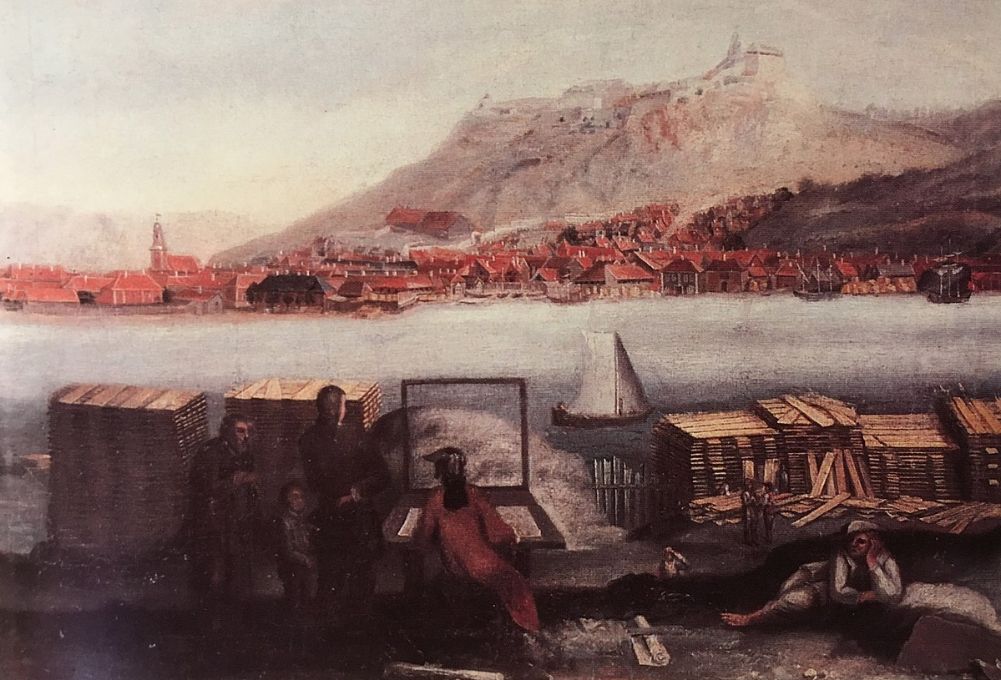About the project
Two forms of description dominate the topographical descriptions of Norwegian nature in the second half of the 18th century.
- The visual landscape depictions, such as prospects, prints and landscape paintings.
- The topographical literature itself.
Objectives
Using these distinct forms of landscape/nature-descriptions as its vehicle, the study queried the meanings as well as the means of the descriptions:
- What counted as landscape and what counted as nature, for whom, where and how?
- By what means were these landscapes described, represented, and transformed into works of literature and art?
The project explored the relation between scientific practices and theories and the production of Norwegian landscapes.
Financing
The project receives financial support from the Research Council of Norway.
Cooperation
"Tools, tours and vistas: Aesthetic Practices of Nature-Landscape in the late 18th Century" is a subproject of "Routes, Roads, and Landscapes: Aesthetic Practices en route, 1750-2015", a project at Oslo School of Architecture, led by dr. Mari Hvattum.
Routes, Roads, and Landscapes
The project involved researchers from four institutions and studied the aestheticization of the modern landscape, i.e. the ways in which the landscape, from the Enlightenment until today came to be construed as an aesthetic object with particular aesthetic values.
The vehicle for the investigation was infrastructure: routes, roads, and railways that made their way into the landscape, simultaneously constituting it qua landscape and making it accessible for practical and aesthetical exploitation, reification, and interaction.
The scope of the study was twofold:
- We investigated the ways in which various kinds of routes have shaped modern conceptions of the landscape by framing it as a view, an aesthetic object, or a place for interaction.
- We inquired into the role of the route itself, both as an aesthetic object and as a setting for aesthetic practices.
